How to Take Care of Your Trekking Shoes: A Simple Guide
In this simple guide on how to take care of your trekking shoes, you’ll learn practical tips for cleaning, drying, waterproofing, and storing your shoes to keep them in top condition. By following these easy steps, you can extend the life of your trekking shoes and ensure they’re always ready for your next adventure. Whether you’re trekking through muddy trails or snowy paths, proper shoe maintenance is key to a comfortable and safe journey.
Table of Contents
ToggleTrekking shoes are a vital investment for any trekker. A quality pair, with the right care, can last for years. But if you don’t take care of them, they can wear out quickly, lose their grip, and cause discomfort or even injuries on the trail. Proper maintenance not only extends their lifespan but also ensures your feet stay comfortable and safe. In this simple guide, we’ll show you how to take care of your trekking shoes, so they’re always ready for your next adventure.
6 Simple Steps to Take Care of Your Trekking Shoes
1. Clean Your Shoes After Every Trek
After a long trek, your shoes are bound to accumulate dirt, mud, and debris. These elements can wear down the material of your trekking shoes, causing damage over time. Proper trekking shoe care starts with cleaning. Follow these easy steps to clean your shoes effectively:
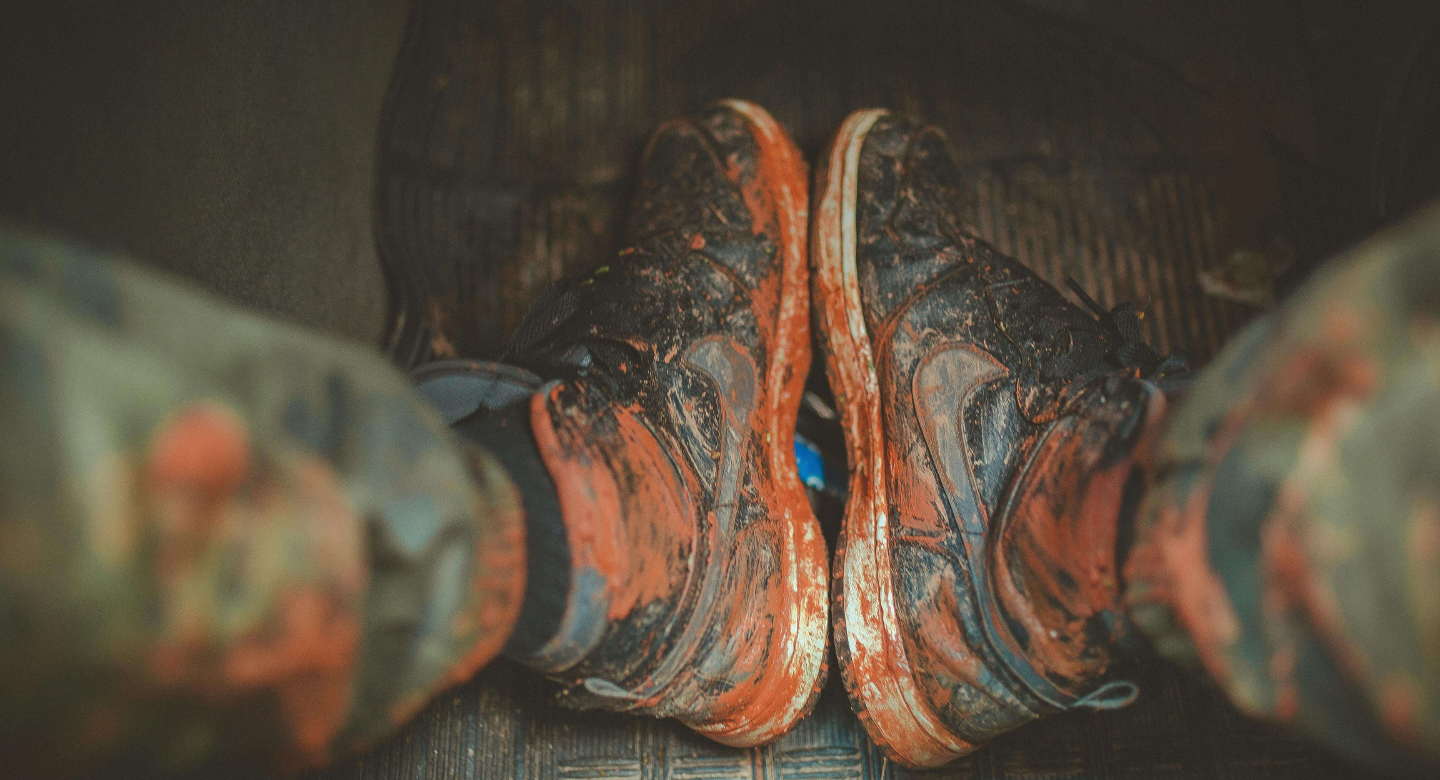
- Remove loose dirt: First, tap your shoes together or use a soft brush to remove excess dirt and gravel. This prevents particles from scratching the material.
- Wash gently: Use lukewarm water with mild soap and a soft brush to clean the surface. This helps preserve the texture of your trekking shoes without damaging them.
- Avoid soaking: Never fully submerge your trekking shoes in water. This can harm the inner lining, and adhesives, and even cause the shoes to lose their shape. Instead, clean them with a damp cloth or sponge.
- Rinse well: Once you’ve washed your shoes, use a clean, damp cloth to wipe off any soap residue. This prevents soap buildup, which can affect the shoe material and cause discomfort.
By regularly cleaning your trekking shoes after every trip, you protect the materials and keep your shoes in top condition for your next adventure.
2. Dry Them Properly
After cleaning your shoes, proper drying is just as important in maintaining trekking shoes. Wet shoes can develop bad odors, promote bacterial growth, and weaken the material. Here’s how to dry your trekking shoes correctly:
- Air dry: The best way to dry your shoes is by letting them air dry in a well-ventilated space. Avoid placing them directly in the sun, as excessive heat can cause the material to crack or fade.
- Remove insoles and laces: Take out the insoles and laces before drying. This allows the shoes to dry more quickly and reduces the chances of moisture getting trapped inside. It also helps prevent bacteria build-up and keeps the insoles fresh.
- Stuff with newspaper: To absorb excess moisture and maintain the shape of your trekking shoes, stuff them with newspaper or paper towels. This will help your shoes dry evenly and keep them from becoming misshapen.
- Avoid artificial heat: While it may seem tempting, never use a hairdryer or heater to dry your shoes. Excessive heat can cause the material to shrink or crack, damaging your shoes over time. Air drying is always the safest method.
By following these drying steps, you ensure that your trekking shoes stay dry and last longer, providing comfort and protection on future hikes.
3. Store Them Properly
Proper storage is key to maintaining trekking shoes between treks. Storing them incorrectly can lead to mold, odors, and deformation. Follow these tips for proper storage:
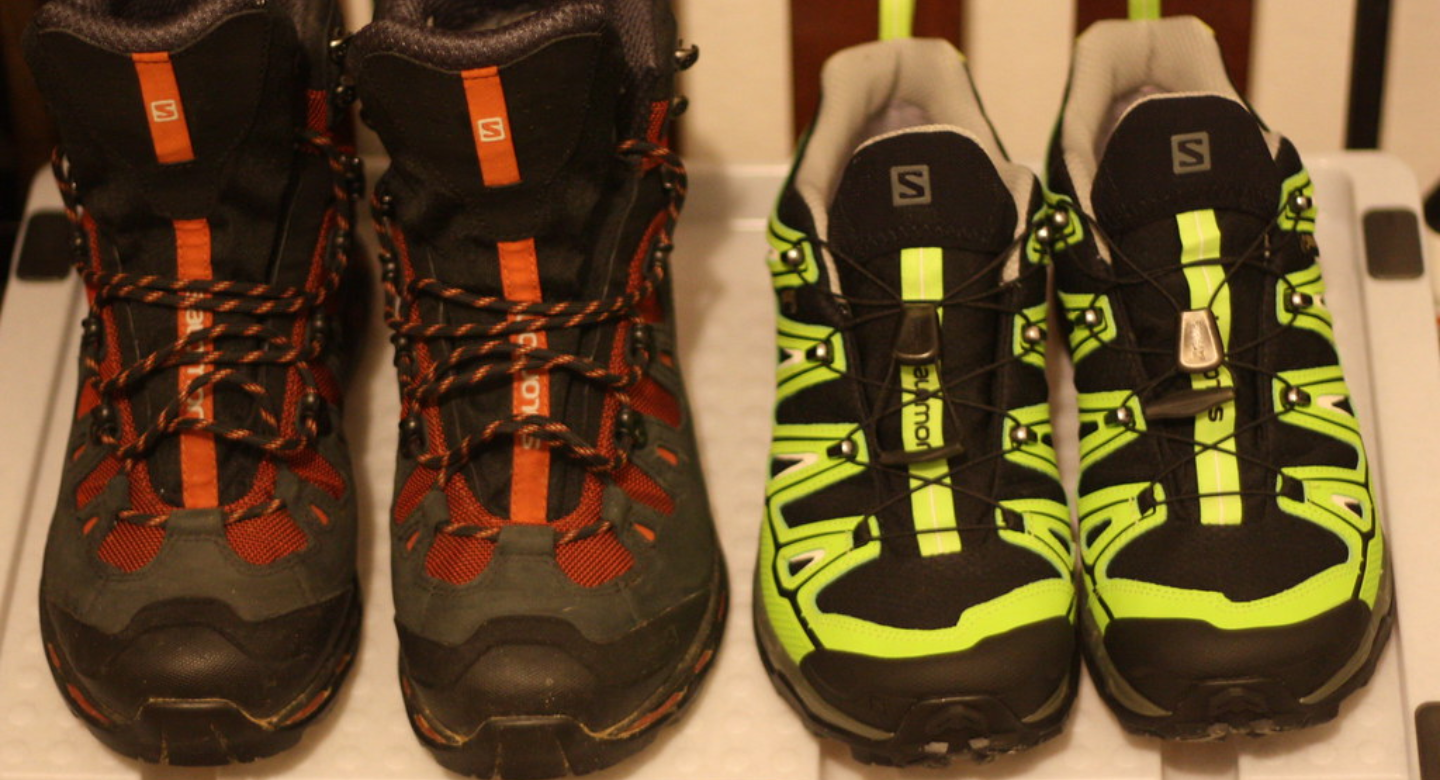
- Keep them in a dry place: Always store your trekking shoes in a dry area to avoid moisture buildup. Damp environments can cause mold, bad odors, and degradation of the shoe material.
- Use a shoe bag or box: To protect your trekking shoes from dust, dirt, and accidental damage, store them in a breathable shoe bag or box. This keeps them clean and ready for your next trip.
- Maintain shape: Over time, trekking shoes can lose their shape if not stored properly. To prevent this, stuff your shoes with newspaper or use shoe trees to help maintain their shape and structure. This prevents unnecessary creases or bending that could affect the fit of your shoes.
Proper storage of your shoes ensures they’re always in top condition, making them ready for your next adventure without any surprises.
4. Waterproofing and Conditioning
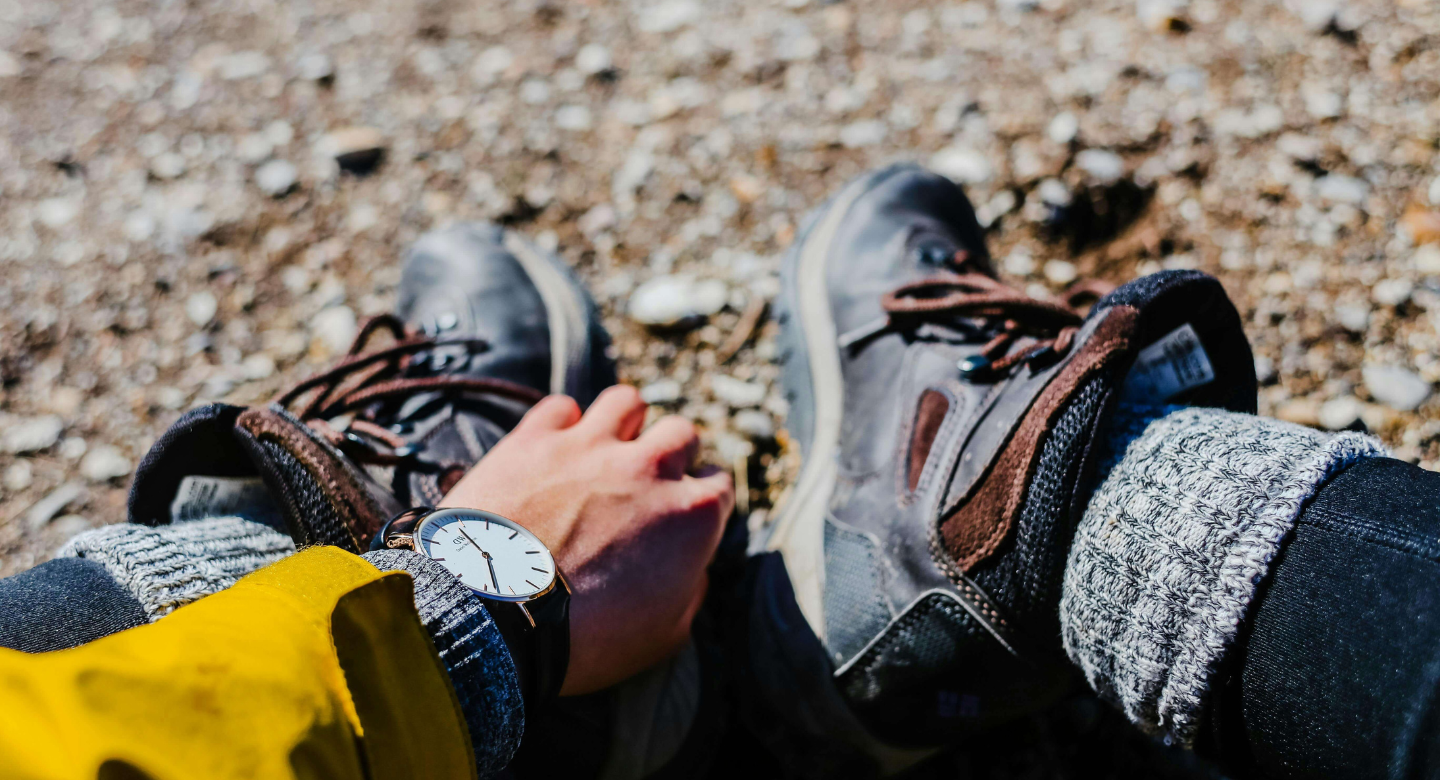
Trekking often means walking through wet or snowy terrain. To keep your feet dry and protect your shoes from water damage, it’s essential to waterproof and condition them regularly. Here’s how you can do it:
- Use waterproof spray: Apply a waterproofing spray that is suitable for your shoe material, whether they’re made of leather, synthetic fabric, or a combination. This creates a protective barrier that helps keep water out while maintaining breathability.
- Reapply as needed: Over time, the waterproof coating on your shoes may wear off. If you notice that water is no longer beading on the surface, it’s time to reapply the waterproof spray to restore the protective layer.
- Condition of leather shoes: If your trekking shoes are made of leather, use a leather conditioner to prevent cracking and keep the material flexible. Leather tends to dry out with frequent exposure to water, so conditioning helps maintain its strength and durability.
By waterproofing and conditioning your shoes regularly, you ensure they stay in great shape, even during wet conditions, and your feet remain dry and comfortable.
5. Check and Repair Regularly
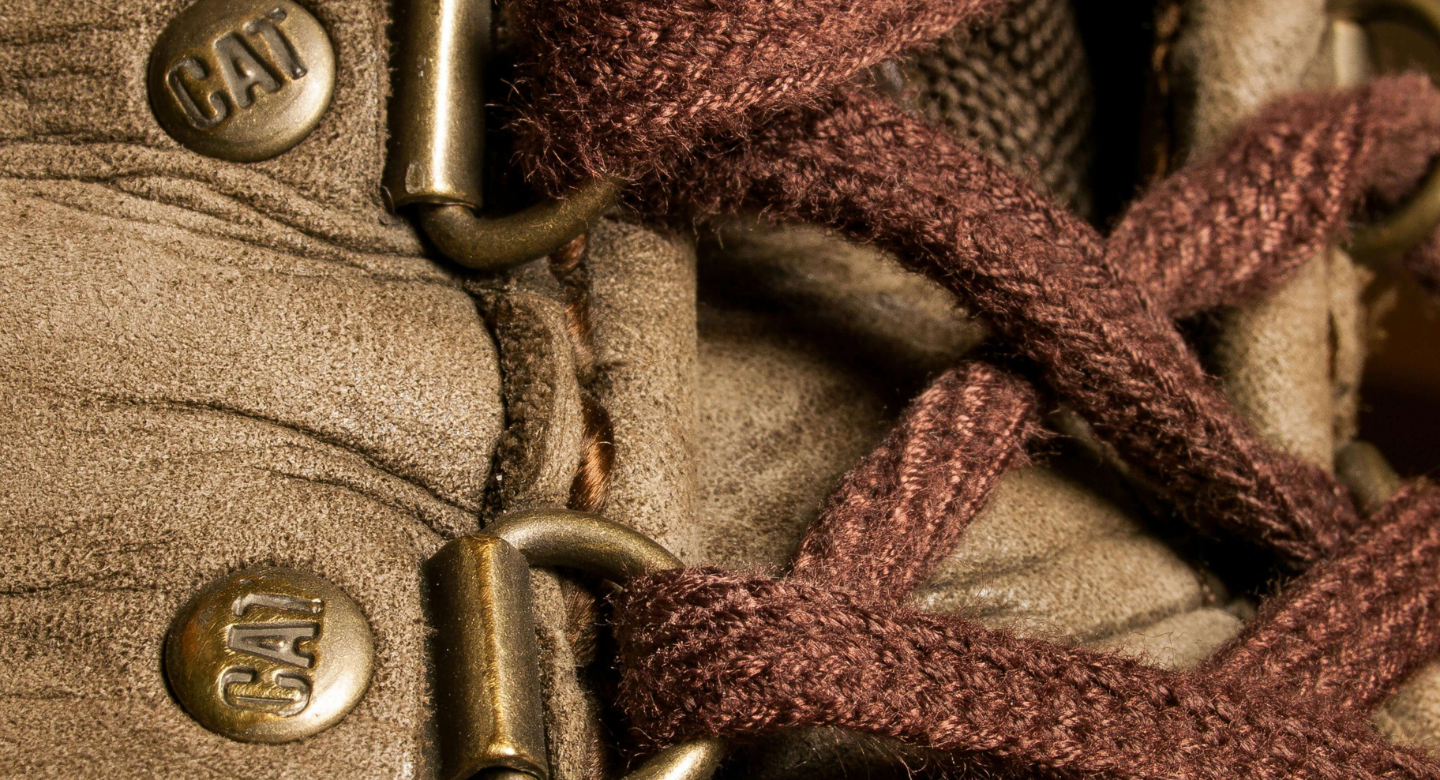
Regular inspection and timely repairs can prevent small issues from turning into major problems, keeping your trekking shoes in top condition:
- Inspect soles: Regularly check the soles for signs of wear and tear. If the tread is worn down or you notice damage, it’s time to replace them. This is crucial for maintaining traction and safety on the trail.
- Tighten loose stitching: Shoes that are frequently used can sometimes have loose or fraying stitching. Check for any weak spots and use a strong thread to stitch them up or take them to a cobbler for professional repair. This helps maintain the structural integrity of your shoes.
- Replace worn-out laces and insoles: Worn laces can break, and old insoles can lose their cushioning. Replacing them is an easy way to boost the comfort and durability of your shoes, making your treks more enjoyable.
Performing regular checks and repairs is a simple yet effective way to keep your trekking shoes in good condition, ensuring they last longer and continue to perform well.
6. Avoid Common Mistakes
To ensure that your trekking shoes stay in optimal shape, avoid these common mistakes that can shorten their lifespan or cause damage:
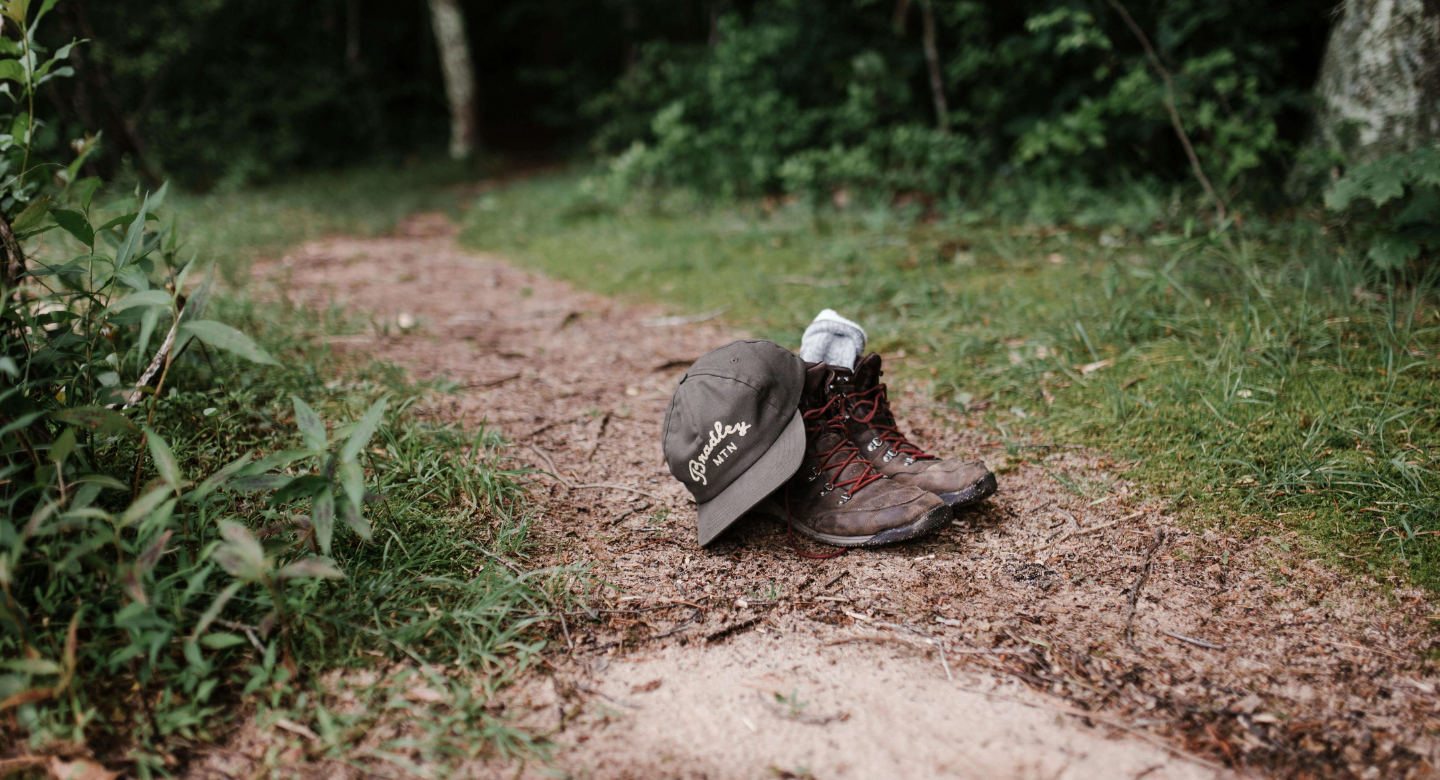
- Don’t wash in a washing machine: While it might be tempting to toss your shoes into the washing machine, this can seriously damage the structure of the shoes. The harsh agitation can distort the shape and loosen adhesives. Always clean them by hand instead.
- Avoid using strong detergents: Harsh chemicals can break down the materials and weaken the adhesives, causing your shoes to fall apart more quickly. Stick to mild soap and lukewarm water for cleaning your shoes.
- Don’t store them while wet: Storing your shoes while they’re still wet can cause mold and mildew to grow. Always make sure your shoes are completely dry before putting them away to avoid any unpleasant odors and damage to the material.
By avoiding these common mistakes and following proper trekking shoe maintenance, your shoes will perform better, last longer, and keep you safe on the trail.
Let’s Summarize
Taking care of your trekking shoes is crucial for ensuring their longevity and performance on the trail. By following a few simple steps, you can protect your shoes from damage and keep them comfortable and functional for years. Key aspects of trekking shoe care include cleaning them after every trek, drying them properly, storing them correctly, waterproofing, conditioning leather shoes, regularly checking for wear and tear, and avoiding common mistakes like machine washing or using harsh chemicals. With proper maintenance, your trekking shoes will provide the comfort and support you need for any adventure.
Read About Best Trekking Shoes in India
References
Cloé. (2025, January 15). Equipment: how to look after and re-waterproof hiking boots. Decathlon.
Page, D., Henkes, B., Hyytinen, K., & Meade, R. (n.d.). How to waterproof hiking boots. REI.
Frequently Asked Questions(FAQs) on How to Take Care of Your Trekking Shoes: A Simple Guide
How often should I clean my trekking shoes?
Clean your trekking shoes after every trek, especially if they’re exposed to mud, dirt, or water.
Can I machine wash my trekking shoes?
No, machine washing can damage the structure and material of your shoes. Always clean them by hand using mild soap and water.
How do I dry my trekking shoes properly?
Air dry your shoes in a well-ventilated area, remove the insoles and laces, and stuff them with newspaper to absorb moisture.
How do I waterproof my trekking shoes?
Use a waterproofing spray suitable for your shoe material and reapply it whenever the water stops beading on the surface.
How do I condition leather trekking shoes?
Apply a leather conditioner to keep the material soft, flexible, and prevent cracking from exposure to water and harsh conditions.
What’s the best way to store trekking shoes?
Store your shoes in a dry, cool place. Use a shoe bag or box to keep them protected from dust and dirt, and stuff them with paper to maintain their shape.
How can I tell if my trekking shoes need repairs?
Inspect your shoes regularly for worn-out soles, loose stitching, or damaged laces. These issues should be addressed before they worsen.
How do I replace the insoles in my trekking shoes?
Simply remove the old insoles and replace them with new ones designed for your shoe model. Insoles help improve comfort and support.
Can I use regular detergent to clean my trekking shoes?
No, avoid using strong detergents. Stick to mild soap or a shoe-specific cleaner to prevent damaging the shoe material.
How do I maintain the grip on my trekking shoes?
Regularly check the soles for wear. If the tread is worn down, it’s time to replace them to maintain good traction on the trail.


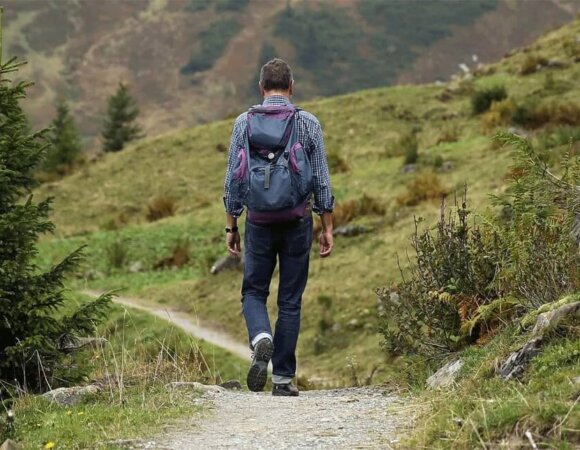


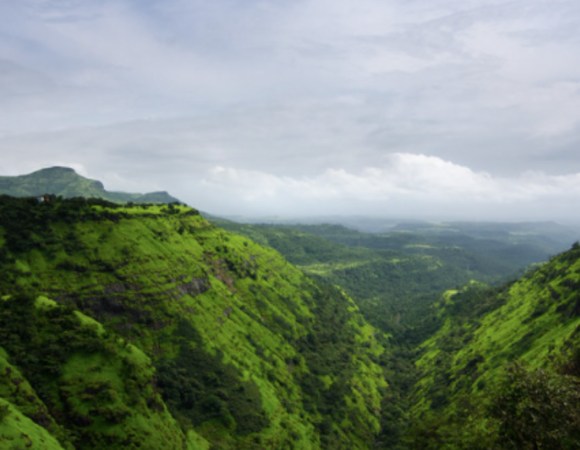

[…] Read More About: How to Take Care of Your Trekking Shoes: A Simple Guide […]